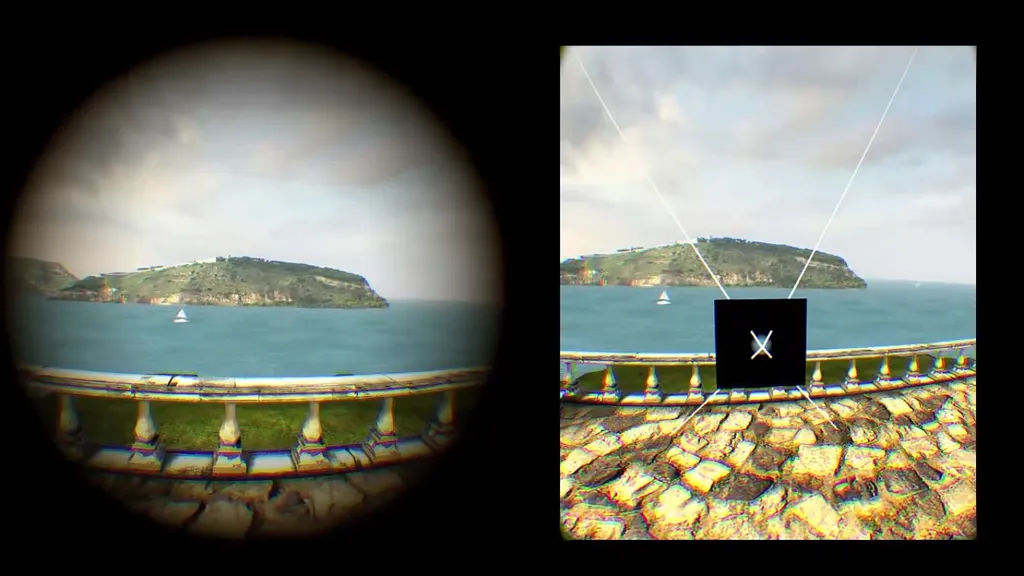If Sony’s showing at E3 this week is anything to go by, stick-based locomotion will be important to VR for a long time yet. That means it’s more crucial than ever to solve VR sim sickness.
This week Columbia University is presenting a new study for a concept that may help drastically reduce sickness in VR when playing with a gamepad. While we’ve seen Microsoft utilise LEDs to enhance a user’s peripheral vision, this new approach actually restricts their field of view (FOV) as they begin to move, gradually decreasing as they walk. As you can see in the video below, the original FOV is restored the moment the user comes to a halt.
While the effect is noticeable in the video, it’s said to be much less so when actually within VR, which is crucial to maintaining a sense of presence. It was created by Columbia Engineering Professor Steven K. Feiner and Ajoy Fernandes, using the now ancient Oculus Tuscany demo as the environment for its testing.
Furthermore, the pair brought in 30 volunteers to evaluate the effects of its work across two days. People were split into two groups of 15, with one testing VR without the FOV restrictor on the first day and then with it on the second, while the other group did this in the reverse order. According to the research, participants felt more comfortable with FOV restrictors in place and even stayed inside VR for longer as a result. Two kinds of restrictors were used, the preferred one of which was intentionally more subtle.
It seems a shame to have to restrict FOV – however subtle – to combat sim sickness, but the real key to the implementation of these kinds of systems is giving the player a standardised set of options. Those who don’t suffer from sickness obviously need not bother with concepts such as this, but those that do should have it made available in every kind of game. Feiner and Fernandes’ team have filed a provisional patent for the system, though, so we’ll see what becomes of it.
With PS VR fast approaching, developers should take note.






























